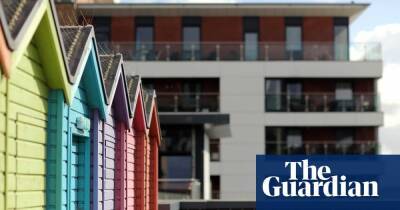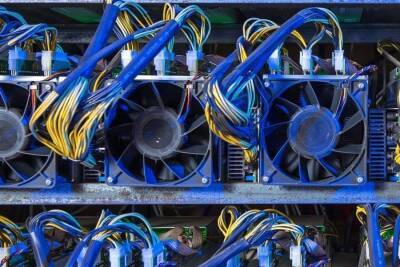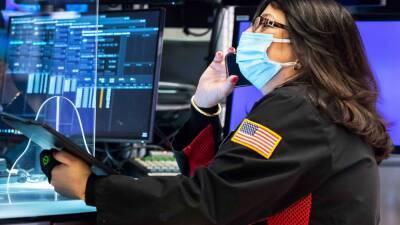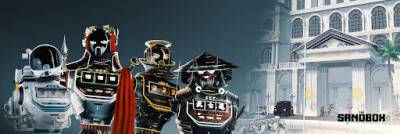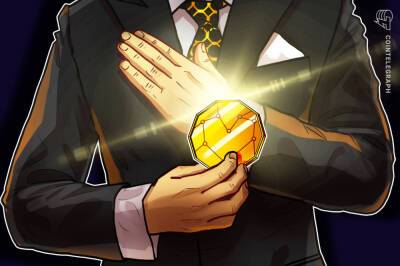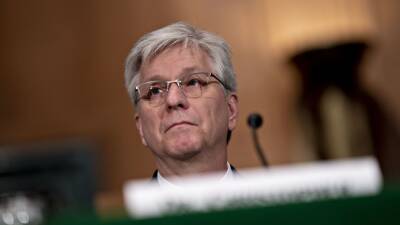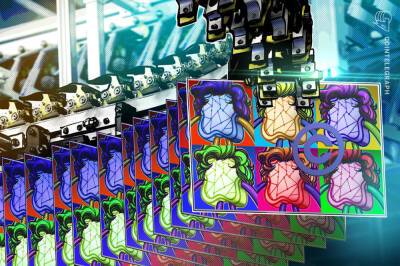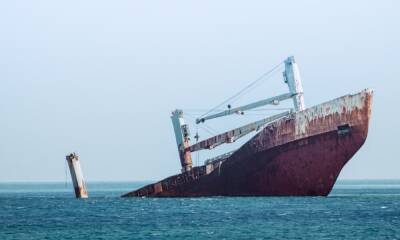‘It’s artwashing’: can galleries wean themselves off Russian oligarch loot?
Last December in Moscow, dozens of international art world luminaries stepped out of the snow and into the vast, pristine galleries ofGES-2, a new art centre. Located in a converted power station just a short walk from the Kremlin, the institution was funded by oligarch Leonid Mikhelson’s V-A-C Foundation. The westerners weren’t its first visitors, however. President Putin had visited two days earlier and tinkled on a piano set up in the atrium.
Mikhelson was one of several oligarchs who was summoned to the Kremlin the day after the Russian invasion of Ukraine started. With the Russian super-rich facing prohibition, the glamour of such glitzy art events has faded – and left many observers questioning how reliant the art world has become on Russian money, both in terms of museum patronage and oligarchs’ spending power at the auction houses and galleries in London, Paris and New York.
“Russians have a huge presence not just in the art market but the whole art world,” says Ivan Macquisten, who advises cultural institutions on risk. “We are talking about museums, galleries, foundations.” It’s pretty clear what is – or was – in it for the oligarchs. “If you are associated with an institution that has a reputation within society, it can give you cultural, social and political standing. It can give you access to markets, to influential people – not just politicians, but them too.”
Art critic Ben Lewis agrees: “It’s artwashing – it launders oligarchs’ reputations. The more these individuals, and these countries, weave themselves into the international art world, the harder it is to criticise them.”
The arrival of the Russian super-rich in the western art world was heralded in May 2008 when Roman Abramovich, not previously known as a
Read more on theguardian.com

